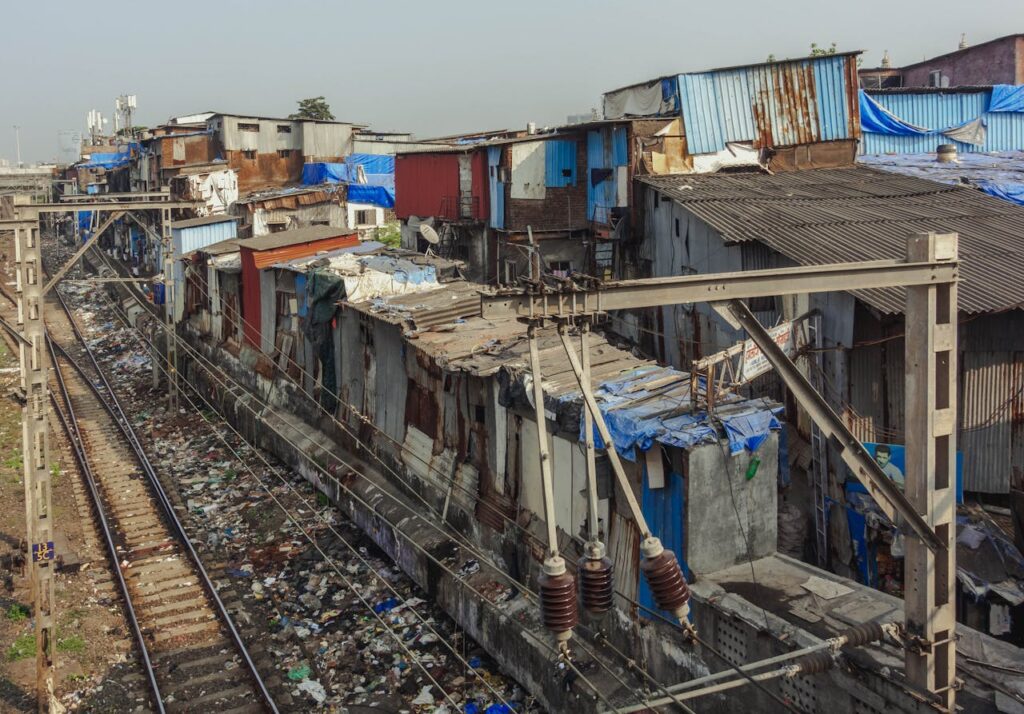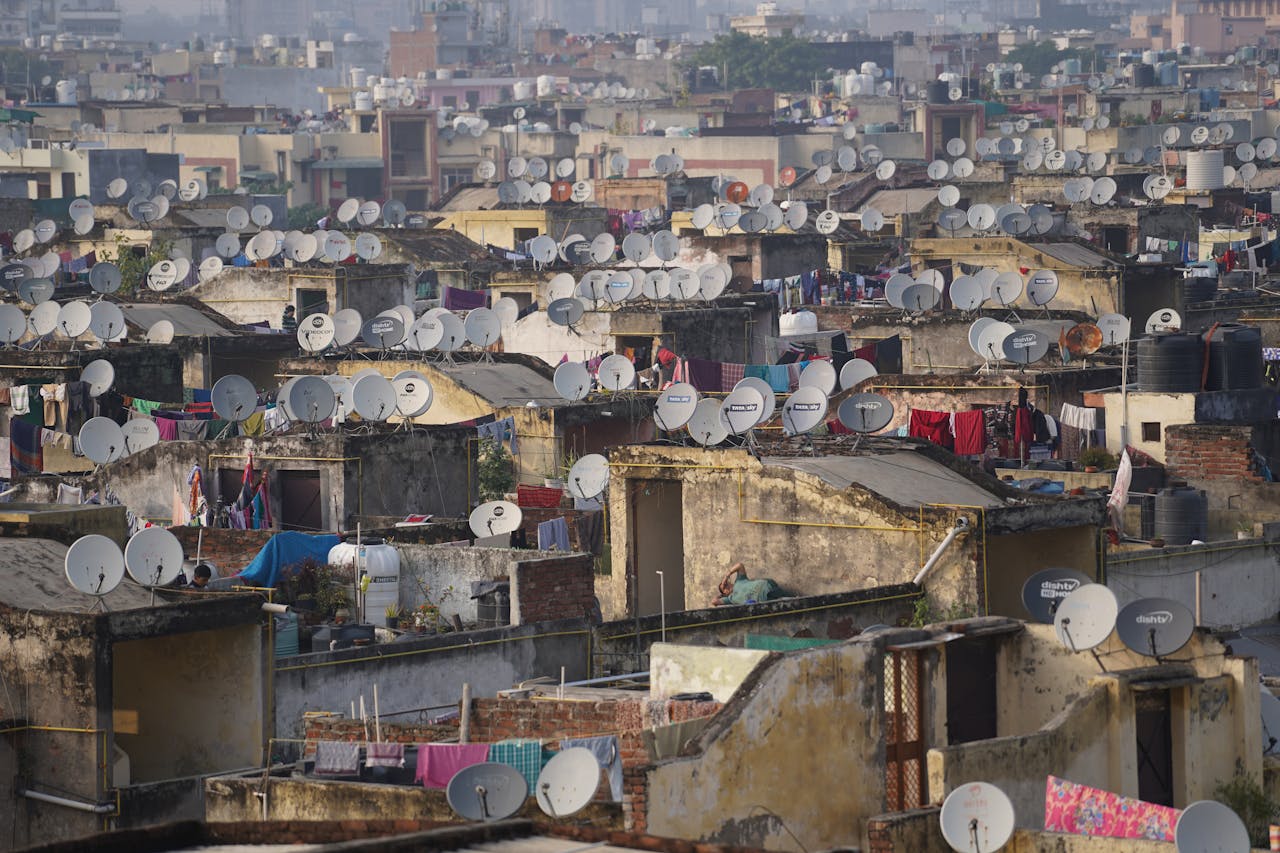Low-cost Housing for the People
This article presents three selected documentaries on the question of low-cost housing that were produced by the Films Division between 1954 and 1982.
“Reimagining Housing, Rethinking the Role of Architects in India” is the title of a collection of articles in which the societal role and self-perception of a group of critical architects in contemporary India.
It is also very interesting to look into the formats they use or develop (exhibitions, films, public lectures, among many others) for low-cost housing to share their understanding of architecture and spatial design as a form of knowledge (Siddiqi 2020) in a way which is accessible to non-experts and therefore has the potential to extend a critical discussion of the built environment to many more participants.
To understand better which specific questions architects position themselves differently and are critical of the state’s approach to low-cost housing, it is, first of all, helpful to have a closer look at the state’s view as it has been expressed and conveyed, especially through the medium of newsreels and documentaries produced for/by the Films Division of India.
By way of comparison, a fourth Films Division production, which was directed by the architect Charles Correa and released in 1975, will be discussed afterward.
The Films Division of India (FDI or FD) was established with its headquarters in Bombay in 1948, under the Ministry of Information & Broadcasting. As mentioned in the self-description on the homepage, the mission of the FD was,
“..to articulate the energy of a newly independent nation. For more than seven decades, the organization has relentlessly striven to maintain a record of the social, political, and cultural imaginations and realities of the country on film. It has actively worked to encourage and promote a culture of filmmaking in India that respects individual vision and social commitment.

It is the main film-medium organization of the Government of India and is well-equipped with trained film personnel, cameras, and recording and editing facilities.
This infrastructure is put to use to assist in-house as well as freelance filmmakers and producers.”
According to its own data, the Films Division has produced 6474 films, including documentaries, shorts, and animated films, and 2640 newsreels and news magazines over the past 72 years, often in cooperation with private production companies and filmmakers (for detailed information on the organization and production of FD between 1948-1975, see the excellent report on the website of the Hong Kong Baptist University).

